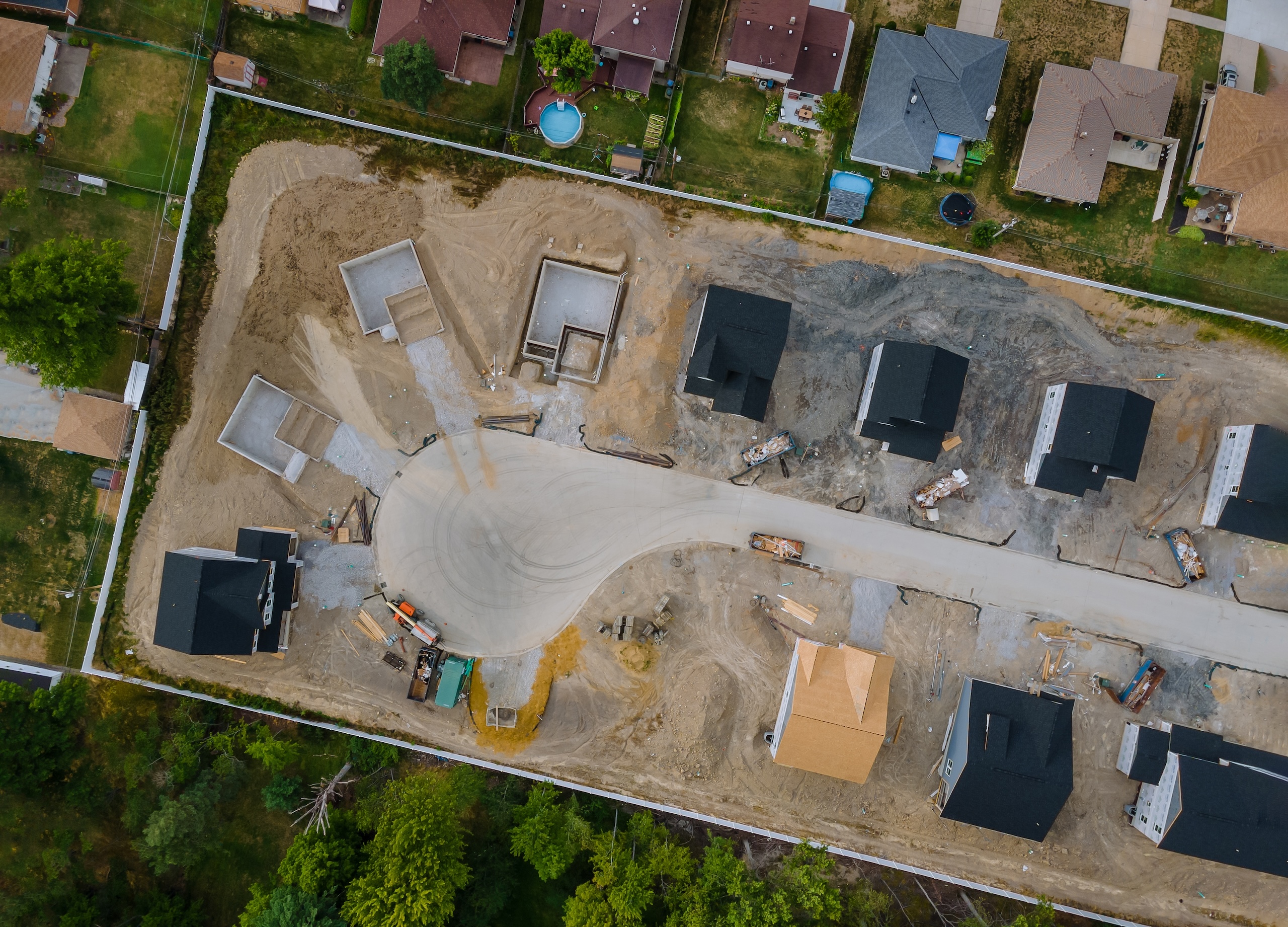
It is crucial for Unmanned Aerial Vehicle Pilots or Drone Pilots to be well-versed in the rules and regulations set forth by the FAA. These Laws and Regulations apply to everyone regardless of whether they are flying for recreational or commercial purposes. Failure to comply can result in hefty fines and even jail time, depending on the severity of the violation during drone operation.
Understanding the Laws and Regulations for flying drones is essential for anyone looking to operate a drone, as ignorance of these laws can lead to serious consequences, including civil penalties of up to $27,500 and criminal penalties of fines up to $250,000 and/or three years in prison for unregistered drones.
It is crucial for all drone enthusiasts to be familiar with the regulations set forth by the FAA. Understanding the Laws and Regulations for drone operation is essential for both recreational and commercial purposes.
FAA New Rules and Drone Laws in the U.S.

It is legal to fly drones in the United States subject to the rules outlined by Federal Aviation Administration (FAA).
The Federal Aviation Administration (FAA) manages most of the airspace in the United States. And they’ve outlined detailed regulations that every drone pilot in the United States must be aware of.
The following regulations are applicable for both commercial and non-commercial (recreational) drone pilots.
- You must fly your drone at or below 400 feet.
All drones must be registered and should not weigh more than 55 pounds (25 kg).
- Use B4UFLY Mobile App – the safety app from the FAA, which uses your GPS location to provide real-time information about airspace restrictions and other flying requirements.
- You must be aware of No Drone Zones.
- You must fly within the visual line of sight so that you or the observer can see the drone at all times.
- You must learn about airspace restrictions, especially around airports, so your drone does not endanger people or other aircraft.
- Drones can be flown without Remote ID equipment within FAA-Recognized Identification Areas (FRIAs).
- Give way to and do not interfere with other aircraft.
Note: Anyone flying a drone in the U.S. National Airspace System (NAS) is responsible for flying within the FAA guidelines and regulations.
Drone Regulations for Recreational Pilots
Here are the rules for flying drones for recreational purposes:
- If you want to fly drones for fun in the USA, you need to take the TRUST exam (The Recreational UAS Safety Test) and carry proof of test passage when flying.
- You must follow the safety guidelines of an FAA-recognized CBO (Community Based Organization) like AMA – The Academy of Model Aeronautics.
- You must fly your drone at or below 400 feet in Class G (uncontrolled) airspace.
- You need to have authorization using LAANC or Drone Zone before flying at or below FAA-authorized altitudes in Class B, C, D, and E controlled airspace.
- Keep a current FAA registration, mark your drones on the outside with the registration number, and carry proof of registration with you when flying.
- Avoid operating your drone in a way that risks the safety of national airspace.
If you’re not sure which rules apply to your flight, fly under Part 107.
There are some exceptions for Limited Recreational UAV Operations. You can read Advisory Circular 91-57C for more information.
UAS REGULATIONS FOR COMMERCIAL DRONE PILOTS
Following are the rules for flying drones for non-recreational
- To fly drones commercially you must obtain a remote pilot certificate-part 107 license from the FAA.
- You must pass the initial aeronautical knowledge exam: “Unmanned Aircraft General-Small (UAG)”.
- To become an FAA-Certified drone pilot you must be at least 16 years old.
- You must be able to understand, read, write and speak English.
- You must be mentally and physically able to operate a UAV safely.
- Before signing up for the knowledge test, create an IACRA (Integrated Airman Certification and Rating Application) profile and obtain an FAA Tracking Number (FTN).
- Commercial UAV pilots can fly drones at night, over people, and moving vehicles without a waiver under Part 107 as long as the rules are followed. You must have airspace authorization for night operations.

Numerous courses are available to assist individuals in learning and preparing for the part 107 licenses exam. These courses come at an additional cost on top of the exam fee, but they significantly enhance the likelihood of passing the test on the initial attempt. While self-study is an option for part 107 testing, it may prove more challenging without the aid of a structured course.

